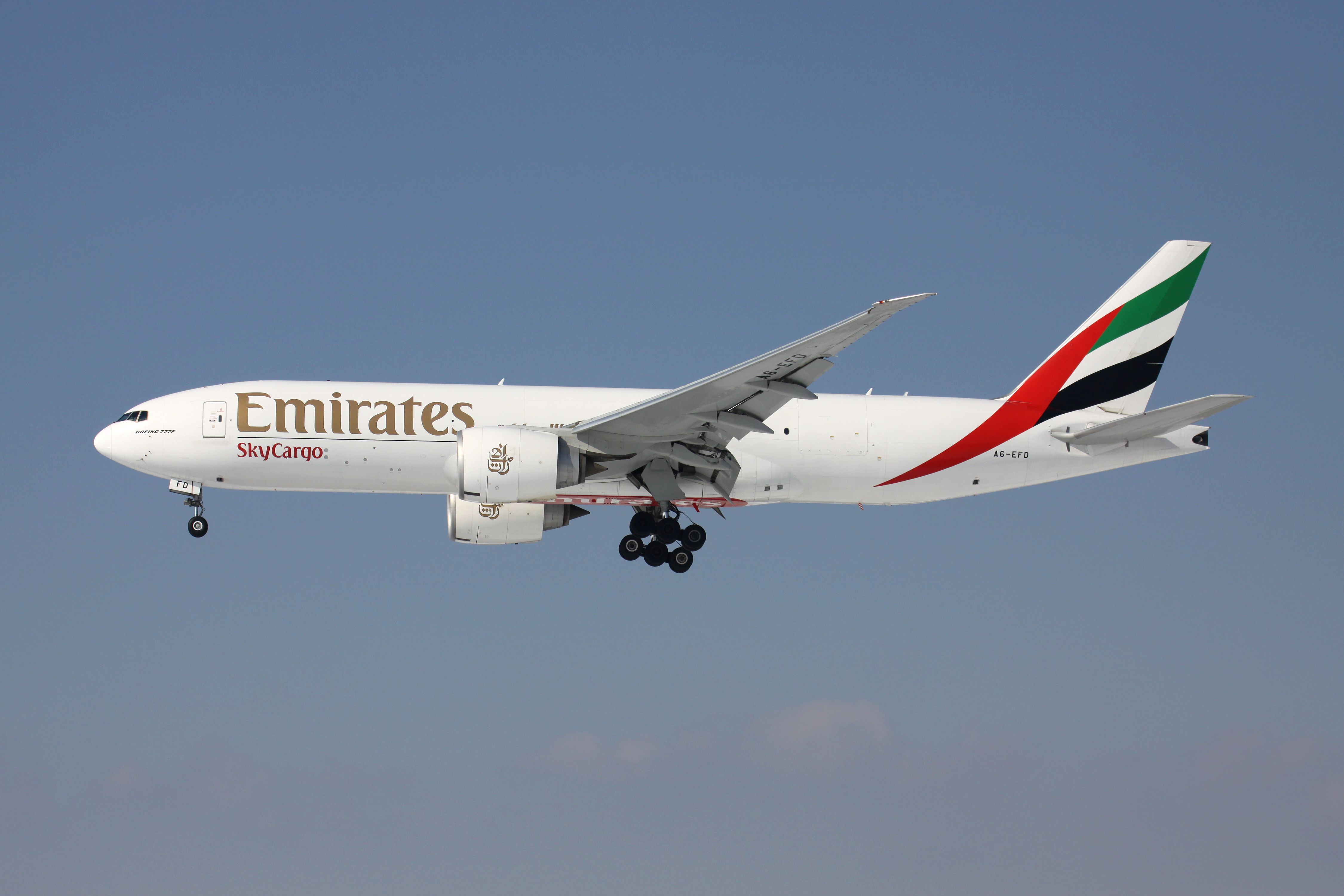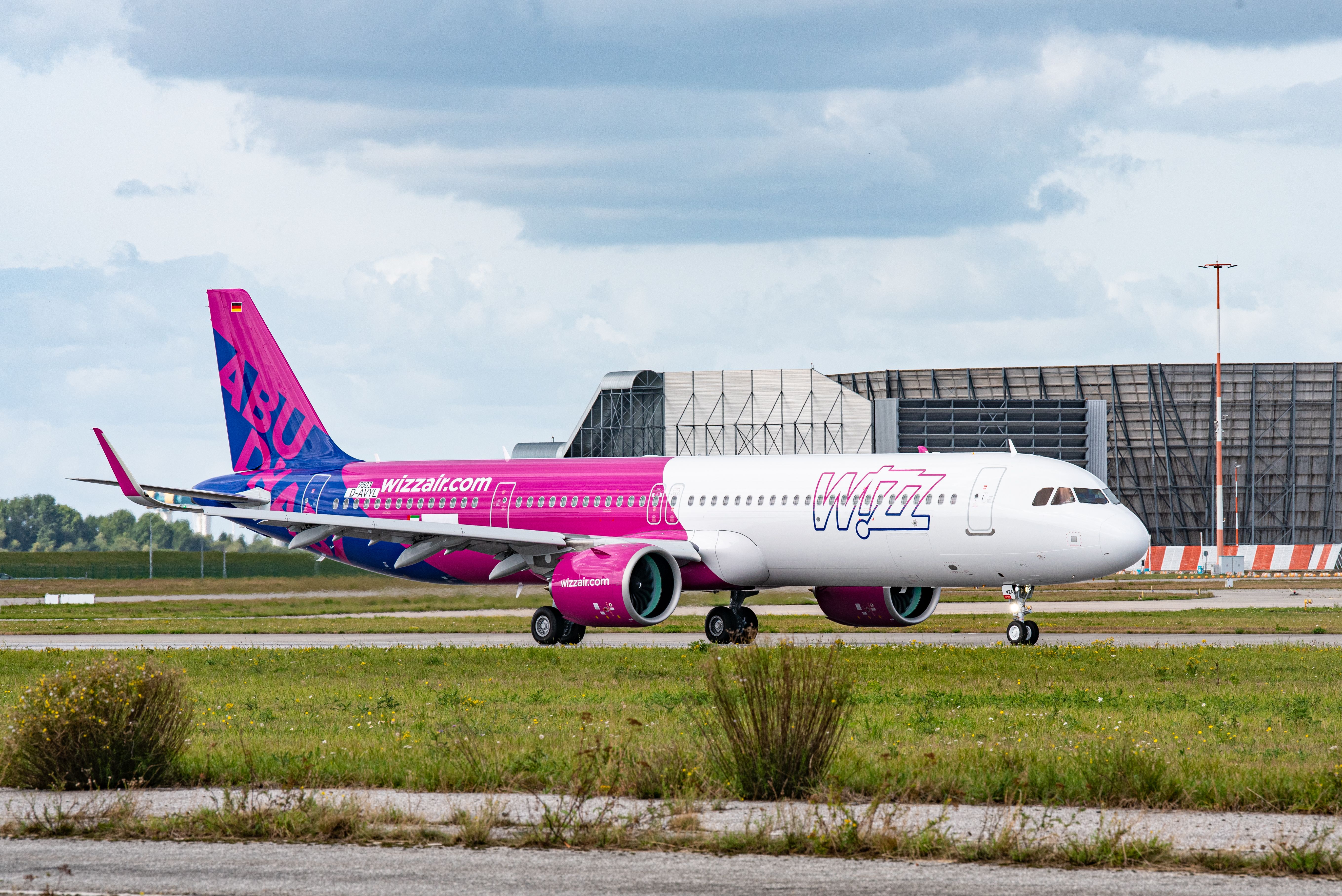We are now approaching three years from the beginning of the global pandemic lockdowns that brought commercial aviation to a standstill. However, several regions are just recovering from the grounding, with the likes of China and Japan only recently relaxing international restrictions.Still, there is a positive outlook ahead. For instance, in IATA’s 2022 Annual Review, Director General Willie Walsh claimed that “by the end of 2023, most regions will be at —or exceeding— pre-pandemic levels of demand.”
A new era
To obtain a clearer picture regarding aircraft demand in this recovery period, Simple Flying this week spoke with Raphael Haddad, President, Jetcraft Commercial. His company is an aircraft trading entity specializing in commercial aircraft buying, selling, and lease structuring. It advises airlines and operators on the best aircraft options for their fleet and works with investors, lessors, and manufacturers on opportunities that match their goals.
Haddad highlights that in a crisis, the industry usually sees demand spikes for regional aircraft. This is a trend that Jetcraft is seeing again now. All in all, regional aircraft are attractive compared to larger commercial airliners because they offer lower operating costs and are easier to fill with passengers.
Notably, in an article last week, we studied how the field of narrowbodies is changing itself, with Airbus building more A321neos than A320neos for the first time. Carriers are undoubtedly vying to maximize efficiency across their networks. The phasing out of the A380 and 747 exemplifies the growing desire to boost efficiency.
There are several opportunities to be had with modern long-range narrowbodies. In practice, we’ve seen how well the A321LR has performed with Aer Lingus, Air Transat, JetBlue, and TAP Air Portugal on transatlantic missions. This notion is set to continue following the arrival of the A321XLR.
Get the latest aviation news straight to your inbox: Sign up for our newsletters today.
Freighter potential
Even though narrowody airliners are increasingly taking on routes traditionally served by widebodies, there is still a significant market for the latter - backed by cargo opportunities.
As Haddad puts it:
“Demand for widebody freighters is also increasing, and I expect to see passenger aircraft continue to be repurposed as freighters. When mainline aircraft were grounded during the pandemic, belly cargo capacity were drastically reduced and more freighter aircraft were needed to continue to move goods around the world.
“With the re-emergence of travel and grounded widebody taking to the skies again, belly cargo capacity has increased, but widebody freighters are still required. This is reflected in Qatar’s order for up to 50 B777-8 freighters and Emirates’ passenger-to-freighter conversion plans, among others.”
Haddad adds that the pandemic has affected consumer behavior long term. During the height of the restrictions, there was exponential growth in the e-commerce market, particularly for next and same-day delivery, which has now become standard. Subsequently, new business plans had to be developed, and air cargo aircraft became the focus of the aviation sector. In total, an estimated 190 passenger-to-freighter conversions have been completed.
We'd love to see you on Instagram - follow us here!
Looking ahead
While IATA has reported recent drops in cargo demand, and the likes of Amazon have been scaling back flights this year, cargo demand is still strong. After all, it was only natural that the pandemic highs would ease.
Notably, Seattle-Tacoma International Airport handled 174,436,000 pounds of extra air cargo last year. Meanwhile, Amazon Prime Air contractor Air Transport Services Group (ATSG) intends to grow a new A330 freighter fleet to support the large fleet of Boeing 767s it operates.
There is still a strong place for passenger widebodies in this next chapter, but the dynamic is shifting. Air India's prolific order last week summarizes future demand. The Indian flag carrier ordered 190 737 MAXs, 20 787s, 10 777Xs, 70 A321neos, 140 A320neos, and 40 A350s to meet its long-term requirements. Thus, less than 15% of the 470 aircraft order are widebodies.
Altogether, there is a changing role for widebodies in this recovery period. We can predict further twists along the way.
What are your thoughts about the changing demand for aircraft in recent years? What do you make of the overall prospects of the industry? Let us know what you think of the market’s potential in the comment section.


